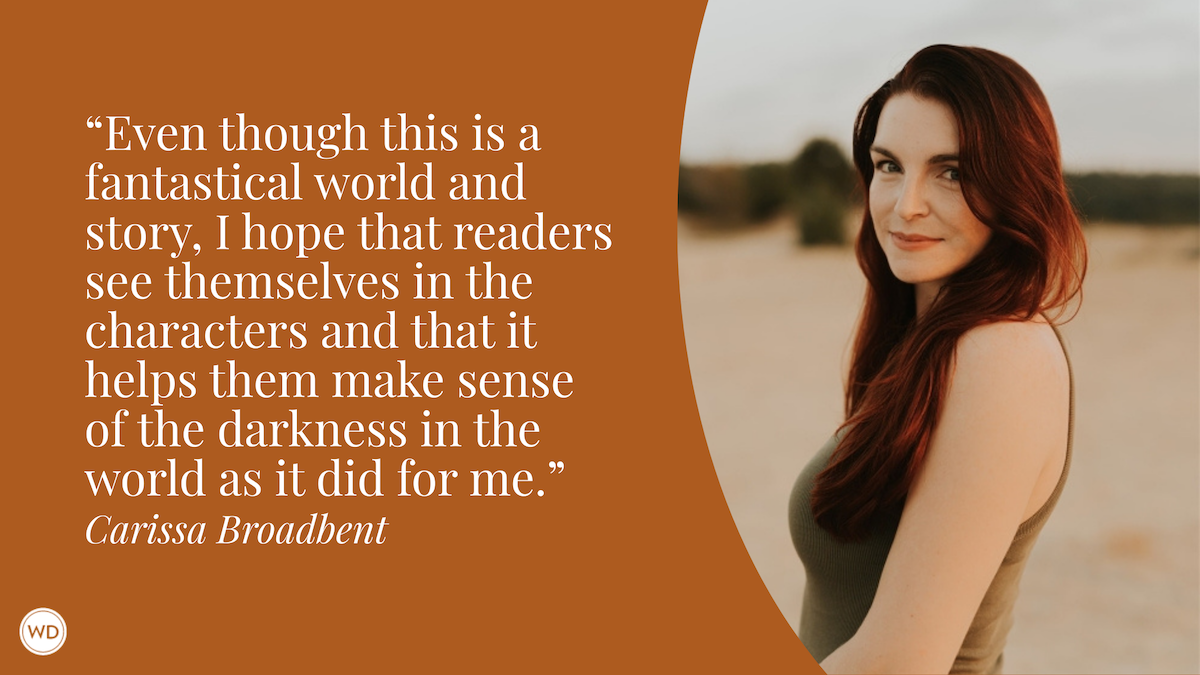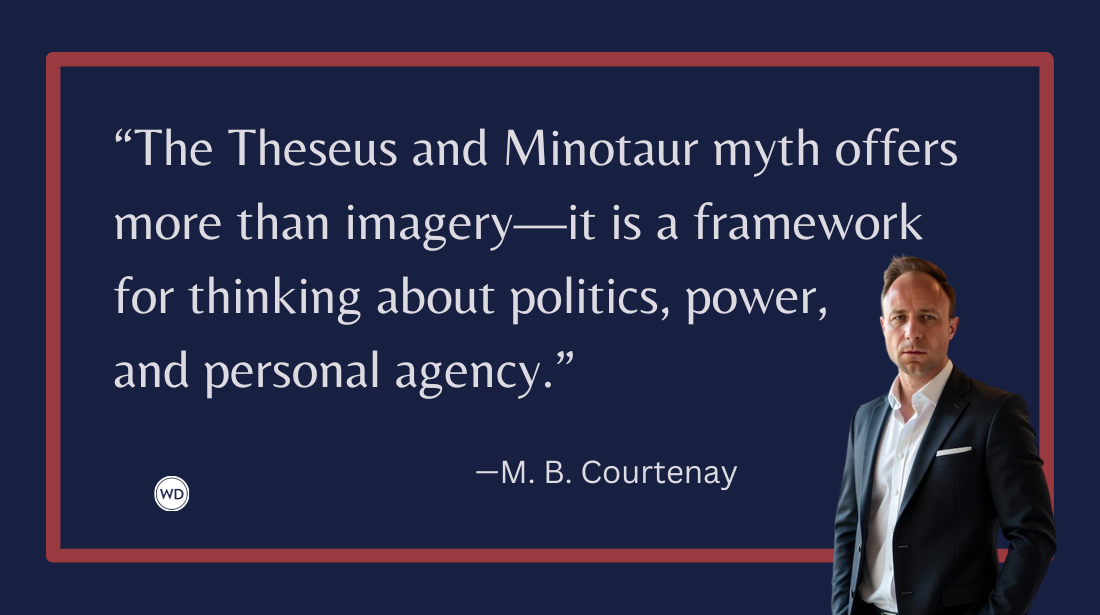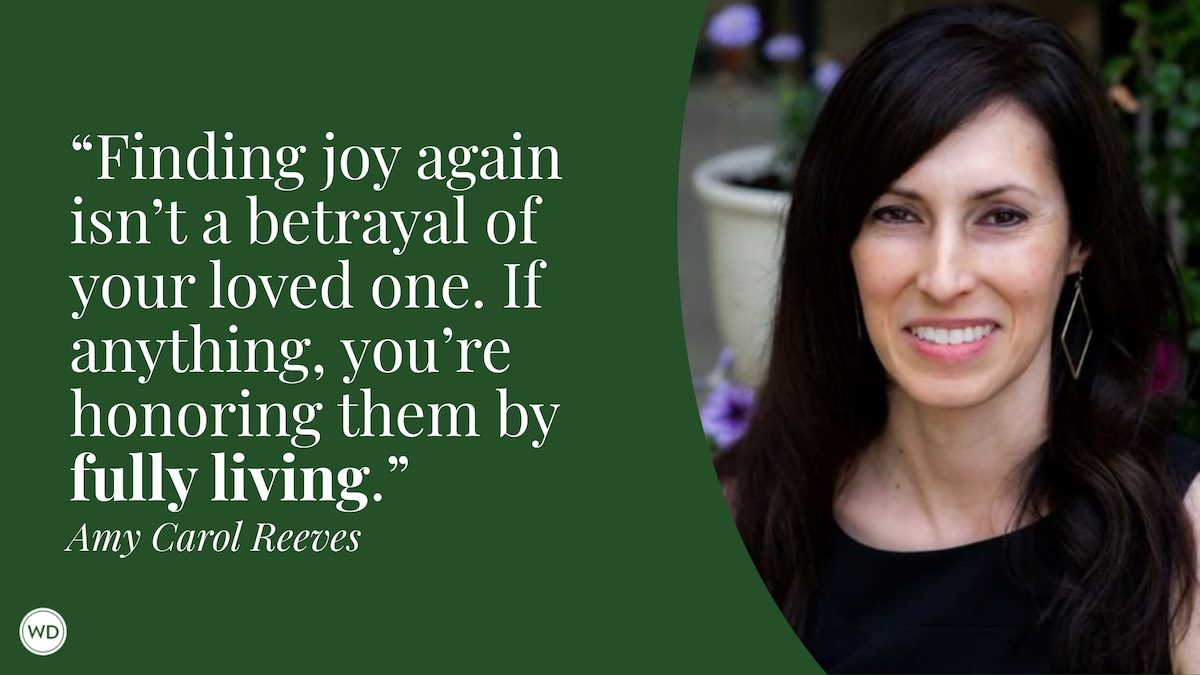Why *Exactly* the Second Novel Is So Impossible to Write
Award-winning blogger and author Jessie Rosen explains exactly why the second novel is so impossible to write.
Sophomore novels are infamously difficult to write. Or so I was told by what felt like everyone in my life as I set out to tackle my own. They mentioned the pressure of following up a first novel, the creative difference in writing for an editor versus yourself, and the fact that you know just how much gets re-written in every round of edits. But I’ll admit, I was only half listening. My strategy was to leap in before I looked too closely. Maybe I’d manage to jump clear over the worst?
Gentle reader (who is likely a fellow writer), I did not manage that. I fell straight into a rocky ravine where I encountered a goblin that asked me impossible riddles about my own book for the entire time it took to write it!
Everyone was right. Writing my second novel—All The Signs—was the most challenging creative process of my life. And now that I am one of those people sitting on the blissful other side, I want to explore precisely what makes the experience so horrific and—more importantly—what tools helped me make it through in almost one piece. I may or may not have damaged my spine on account of 10 months of hunching over a computer but don’t worry, there’s a tip on that, too.
The pressure and confusion of writing for an audience / building an author brand
I wrote my debut novel The Heirloom as a passion project. The first draft came together quickly during the early months of the pandemic when escaping with my globe-trotting heroine was pure delight. Yes, it was my dream to publish the finished book, but that felt so far away. I certainly wasn’t envisioning readers taking to Goodreads with their opinions or publicists trying to explain what people could expect from me as a new author on the scene.
But all of that became front of mind as I set out to meet every hope and exceed every expectation for round two. It was like writing with a peanut gallery of readers, marketers, publicists, and book sales executives living in my head. That did not leave a lot of room for the very open mind it takes to build a novel from nothing.
This issue was with me from start to finish, but I did discover one thing that helped quiet the cacophony: I started separating my workspaces. The logistical pieces of the book puzzle from cover art emails to event brainstorming happened in my home office, at my desk. Drafting and editing were placed in the safety of my incredibly cozy writing chair, a quiet co-working space I use, and my bed. (Yes, I am a (proud!) bed writer) Somehow this created the effect of leaving that metaphoric room full of opinions so I could hear only myself think.
The challenge of writing on a much tighter timeline
It’s not the case for all sophomore novelists, but my team and I decided to release my second novel one year after my first. If you’re a writer, you just winced. The math of my specific publishing schedule gave me approximately 13 months from approval of my idea to final draft. Many authors find a way to publish annually (I bow down to you rom-com and romance queens), but I had only written one novel in this style prior, and I took three and a half years to get it done!
The question became: What are all the steps of the process and how can I condense them without sacrificing quality? I started with the wrong answer: Work longer hours every single day in the same style as my last go-round. Six months into that attack-strategy I was in PT for back pain (pro tip: Google posture exercises and do them every hour on the hour).
I confess I found the correct approach by accident. My back issues required several days away from the computer during which I took slow yoga classes and slower walks. That time soothed my frayed nervous system and helped me regain better focus. I came back to the page refreshed and with solutions to plot holes that had plagued me from go. I spent the final six months of the project mixing long hours with scheduled time spent far away from the manuscript. But I still did my back stretches on the hour every hour.
The perplexing fact that no two books are the same
Logic would suggest you could approach your second novel with the same writing strategy as your first and end up with a similar experience. But logic does not apply to novel writing. A detailed outline set me up for success with my debut. That same style of road map failed me twice with my second.
Defying all explanation, this book wanted to be written completely out of order! My mistake was in insisting that I was right and it was wrong. Insecurity made me grip too tightly to the craft tactics that worked for me in the past. My intuition was telling me to write out of order (quite literally scenes later in the book appeared to me in dreams!), but I denied it for months.
The only thing that finally helped was this mantra: Trust your instincts not your former process. I found false comfort in the idea that I knew how to write a novel because of how I’d written a novel (once…). I found an actual breakthrough in the idea that I knew how to write a novel because my gut as a creator and storyteller was guiding the way.
I don’t know that the pain of a second novel can ever be avoided. It’s a rite of passage that I feel so privileged to have endured. And there is significant gain from the pain. I’m now armed and ready to tackle a third book, which has so far come without a dreaded warning.
Check out Jessie Rosen's All the Signs here:
(WD uses affiliate links)









